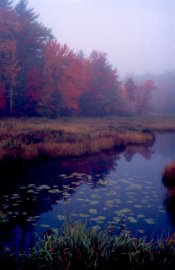The sort of small fixed-lens rangefinders that are dominating this discussion (Canonet, etc.) are likely to go for well under $150, and they can take excellent photos. The Canonet series has a reputation for having very good lenses, although I'm not sure I'd apply the word "superb" to those lenses. ("Superb" is a very strong word, so I'm reluctant to use it.) Of these cameras, I'm most familiar with the Canonet, since my mother used one in the 1970s and I own one, although I don't use it a lot.
As a learning camera, I'm not sure this type is the best tool, since the auto-exposure features can make it too easy to turn off your brain and let the camera make the decisions -- or at least those related to exposure. OTOH, compared to an auto-everything modern camera, a Canonet or similar 1960s/1970s rangefinder is pretty manual. You can also disable the auto-exposure features on the Canonet, and presumably on many similar rangefinders. A limitation of this class that's been alluded to is that they have fixed lenses, so you can't change them for wide-angle or telephoto lenses. This can be limiting, although if you're just starting out, that limitation may not be very important at first -- you'll be learning so much else that adding the variable of lens focal length could just get in the way.
Most Leicas have interchangeable lenses. So do some other rangefinders, such as Leica clones (Soviet-made FEDs and Zorkis, for instance), Contaxes, and others. These cameras run the gamut from all-manual models without so much as a built-in exposure meter to quite modern designs with lots of amenities. The lower-end models can sell for $150 or less (unless they're rare collectors' editions), but the higher-end models sell for much more than your budget. Leica glass is very well regarded, but you typically pay a lot for that high regard. I'm not sure if an actual Leica in good condition could be had for your budget, but you could certainly get a Leica clone. This would enable you to add Leica lenses in the future if you so desire. In the short term, I think a Canonet or similar 1960s/1970s Japanese fixed-lens rangefinder would probably be easier to use than the sort of interchangeable-lens rangefinder that you can get for under $150, but the interchangeable-lens camera will be more flexible in the long term. Some Leica clones (like the Soviet-made cameras) are likely to be unreliable, although they can take fine photos if you get one that works.
Others have mentioned the probable need to replace foam light seals in cameras of a certain age. The eBay seller Dead Link Removed sells a kit with replacement foam, a few simple tools, and instructions for a reasonable price. This isn't exotic stuff, but this seller bundles it together in a convenient package, and the instructions help anybody replace aging foam.












